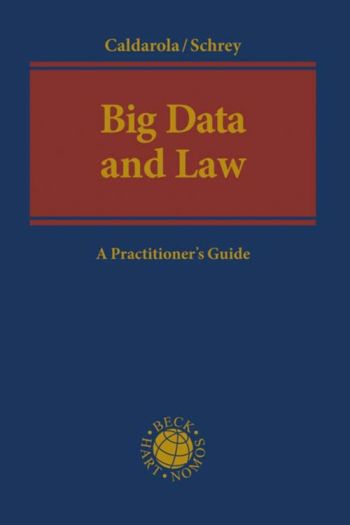
This book is a legal practice guide for the collection, storage and analysis of personal and other data in Big Data applications. It contains numerous guidelines and graphic illustrations/graphics to offer well-founded, practice-oriented support.
The book illuminates the legal scope of Big Data and at the same time closes a gap in the legal literature on the subject. Its content goes beyond the purely data protection law view and combines questions in the Big Data environment, among others, from the legal sources, the protection of industrial property rights and data protection.
In addition to personal data, the book also looks at non-personal data (technical data or anonymous data), which is often mixed together for Big Data analyses. These different types of data may originate from different rightholders, may be subject to different national laws, may require different legal bases and/or may be used for different analysis purposes.